California Enters Into Phase 1B Of Vaccine Procedures
February 25, 2021
As of early February, California is in Phase 1b of the vaccine distribution procedures for COVID-19. This means that individuals 65 and older, as well as workers in certain sectors, are eligible to receive the vaccine. Previously, California was in Phase 1a of the procedures. According to the California Department of Health, only healthcare workers and long-term care residents were allowed to receive the vaccine during Phase 1a. Vaccines are allocated in this manner in order to preserve the scarce amount of vaccines available. Vaccine distribution is also limited according to the age and risk of infection of the recipients.
California entered into Phase 1b of the vaccine rollout procedures in early February. This means people 65 years and older are eligible to receive the vaccine. Other recipients eligible for the vaccine include workers in food/agriculture, education/childcare, and emergency services. Workers who support veterinary services are also among those who are eligible for the vaccine, as the CDC categorizes them under the food and agriculture workforce category. Though limited data is available, there is still a low chance that pets are at risk of spreading COVID-19 and receiving COVID-19 from their human owners. Veterinarians are an essential part of the workforce, as many people rely on them for petcare. This selection of eligible recipients is based on the scarce availability of the vaccines as well as the potential viability of the vaccines. The ability to administer vaccines to people of varying ages and occupations allows for a more thorough evaluation of the effectiveness of the vaccines. As the vaccine continues to roll out and as the phases continue, more information can be gathered regarding the efficacy of the vaccines, making it safer to use on more people and allowing the potential effects and side effects to be more understood.
California’s vaccine procedures are also organized into tiers, with California currently in Phase 1b, tier 1. Senior citizens over the age of 65 are being prioritized during Phase 1b of the vaccine rollout procedures due to the fact that they are more likely to suffer from the worst effects of COVID-19. The other groups included in Phase 1b are being prioritized due to their importance to the overall infrastructure of the state. Due to their importance in supplying food supplies to the state, food/agricultural workers, which include farmworkers, grocery store workers, and all other workers in the food supply chain are being prioritized for the vaccine. Those in education/childcare include teachers and other support staff, like daycare providers, all staff in educational facilities, and other support staff like bus drivers and crosswalk guards. Workers eligible in emergency services include firefighters and police officers.
If the vaccine rollout continues to be successful, California will eventually enter into Phase 1b, tier two of the procedures. Tier two offers the vaccine to a wider variety of eligible individuals. These individuals include those working in transportation, industrial, commercial, manufacturing, and residential sectors, as well as individuals in prison and the homeless. Vaccines will continue to be administered to a wider range of individuals according to the demand for the vaccine in currently eligible groups and if vaccines approach the expiration date listed on the labeling instructions. People interested in receiving the vaccine can use the website othena.com to find out how to schedule an appointment or may contact their local government administrations for more information.
As vaccine distribution is still in its early stages, the procedures are still eligible for change. Ultimately, vaccines are prioritized according to the age of the recipients, the risk of exposure to COVID-19, and the amount of available resources. Though the vaccine is effective in combating COVID-19, proper health guidelines must still be followed, including limiting contact with individuals outside of the household, proper sanitation, mask wearing, and social distancing. Even if the vaccine is distributed, the best way to combat any further spread of COVID-19 is to follow the guidelines and rules set forth by health agencies and local government agencies. The vaccine is an effective tool to combat COVID-19, but it isn’t the ultimate solution.



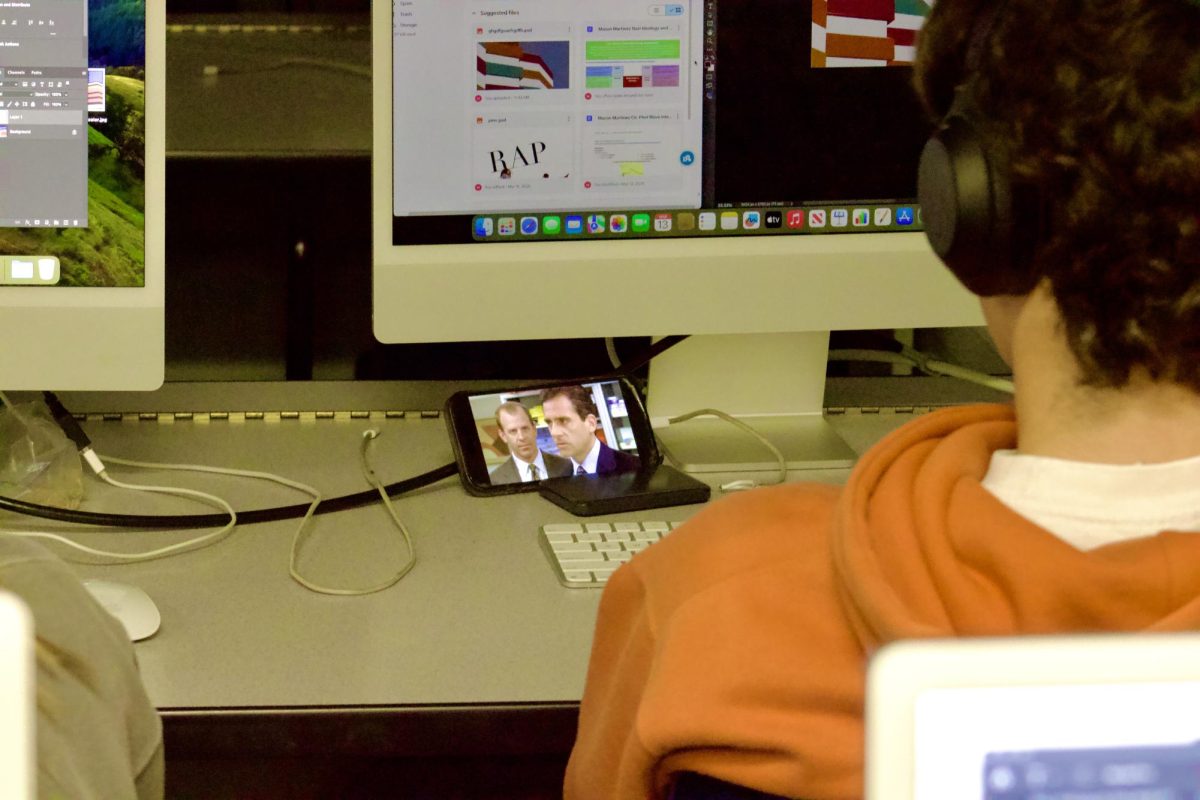


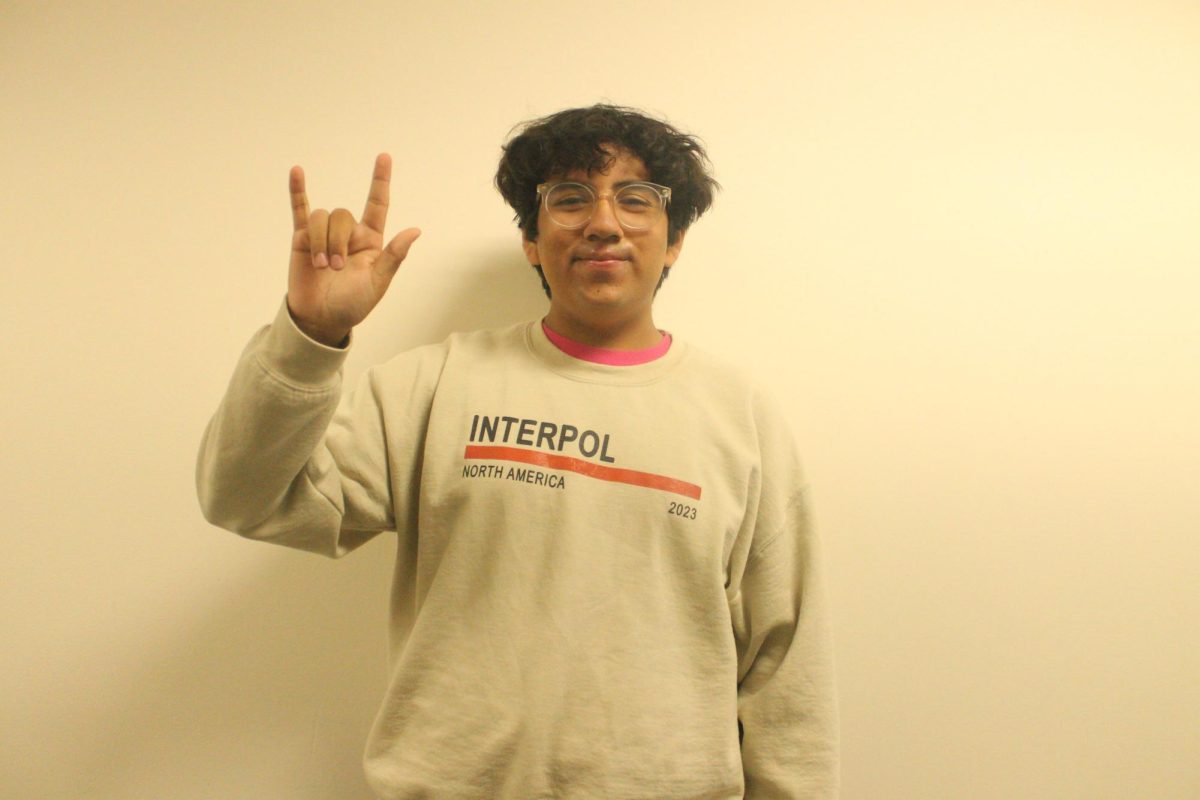
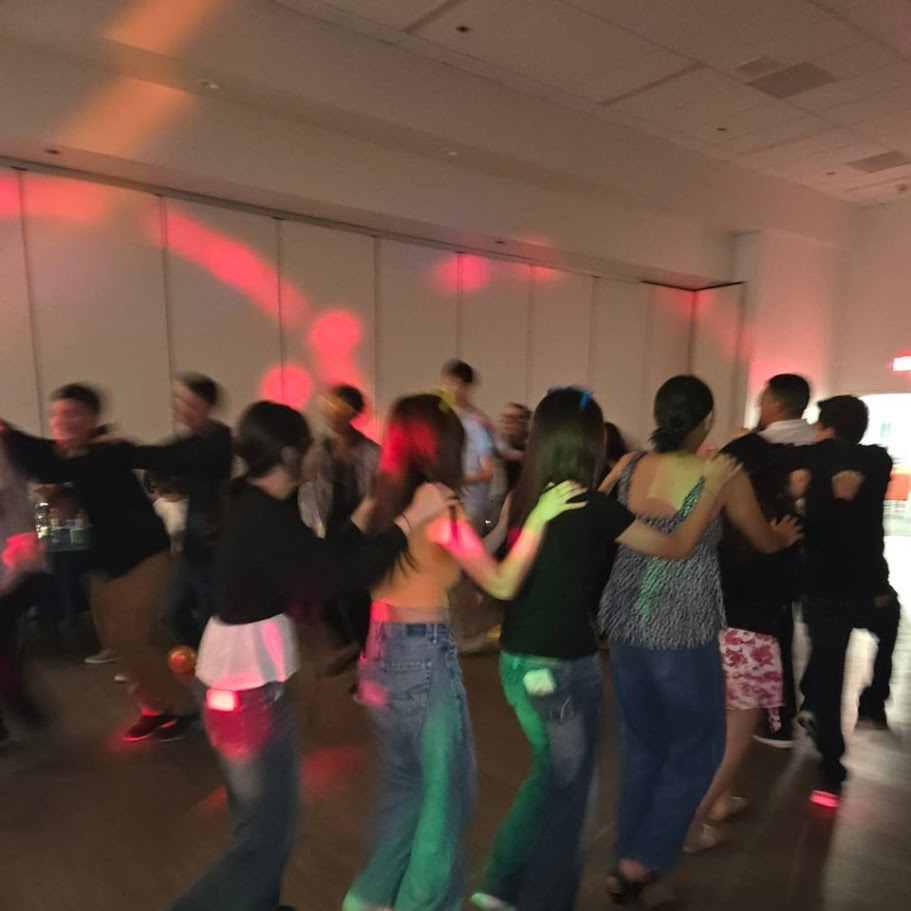

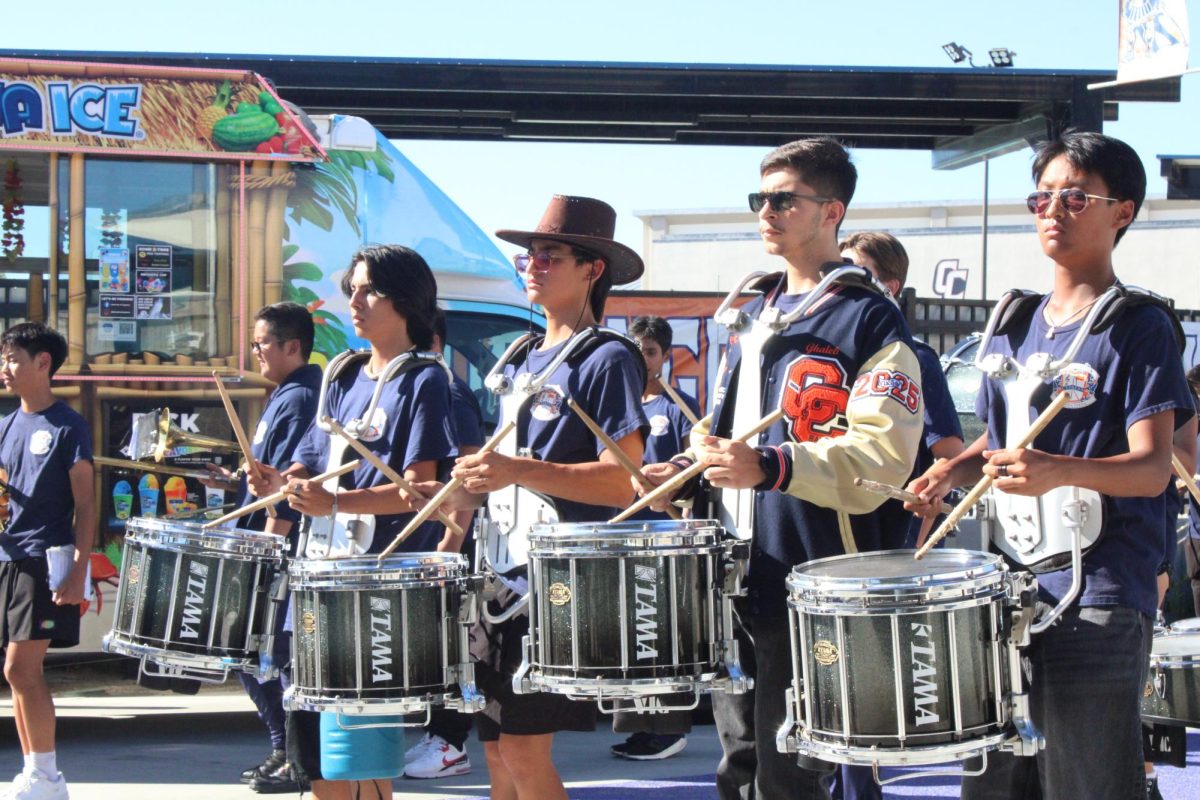

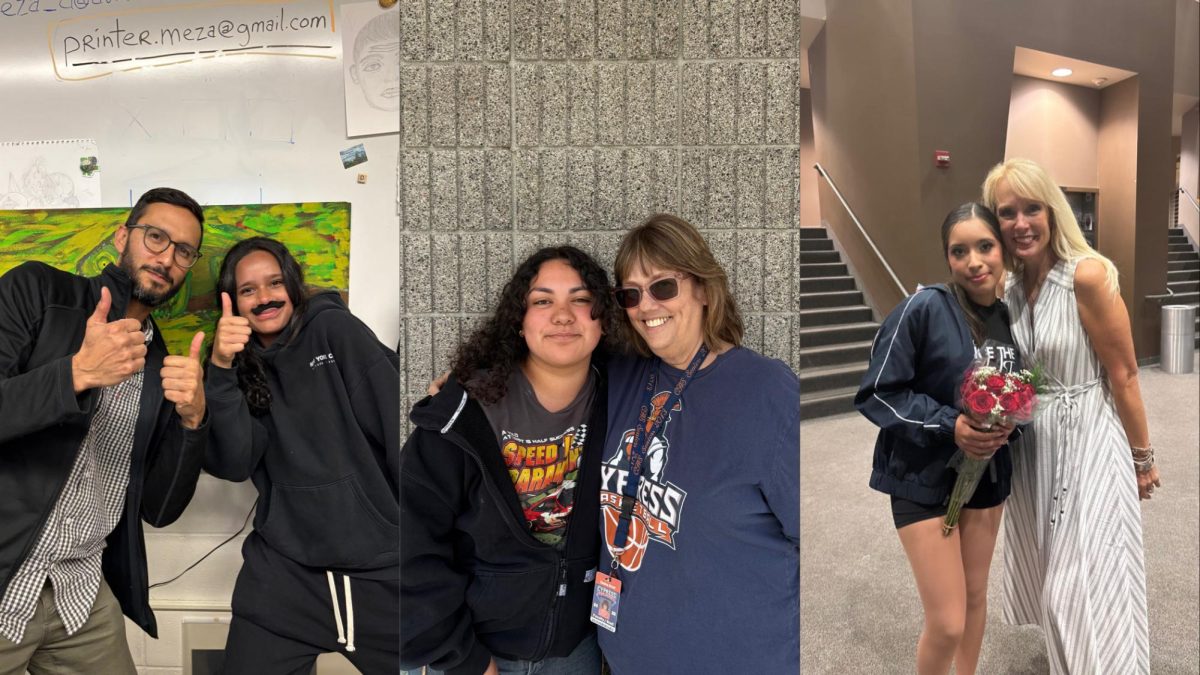



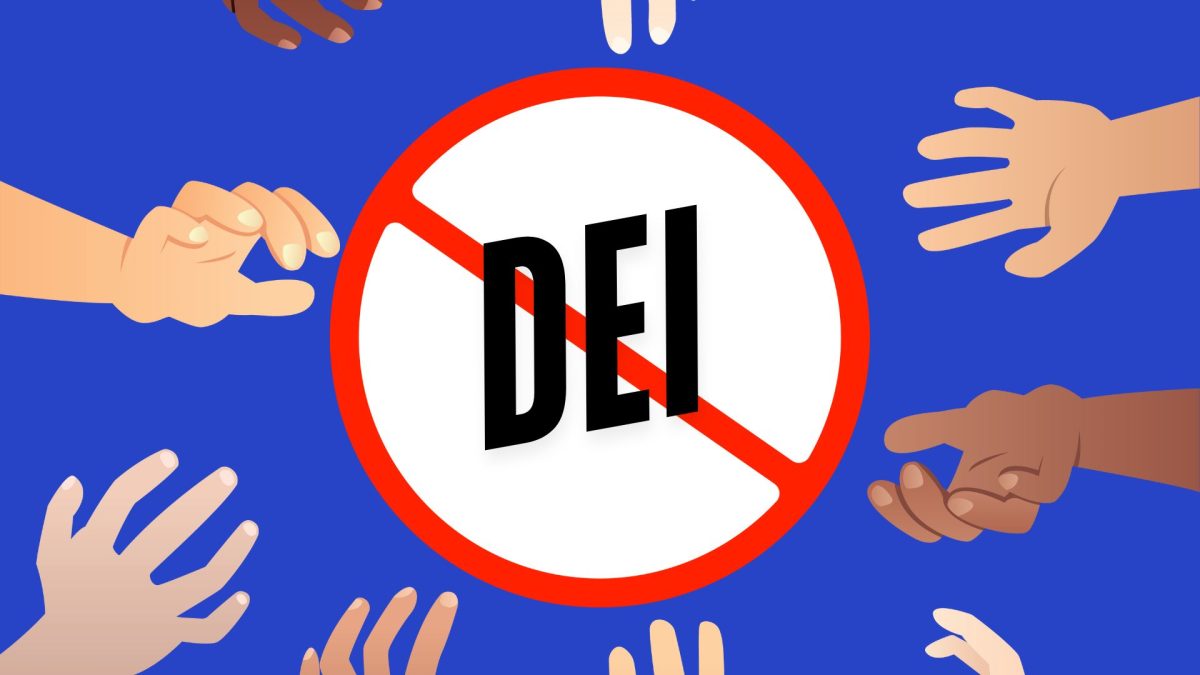
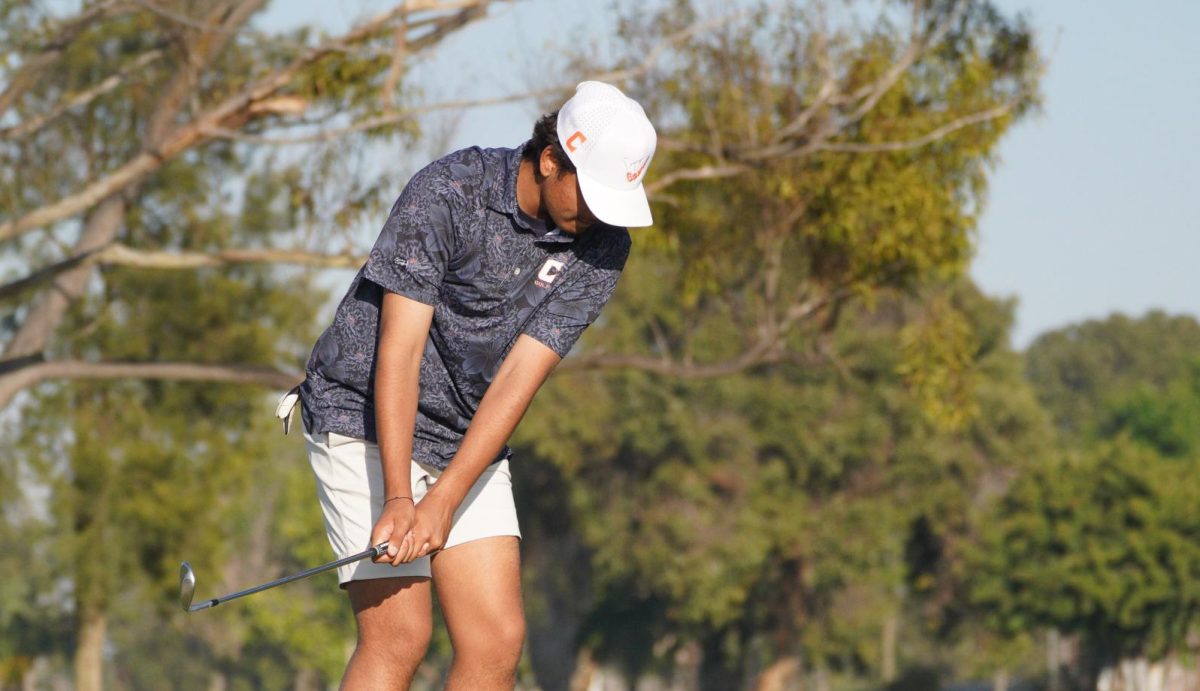

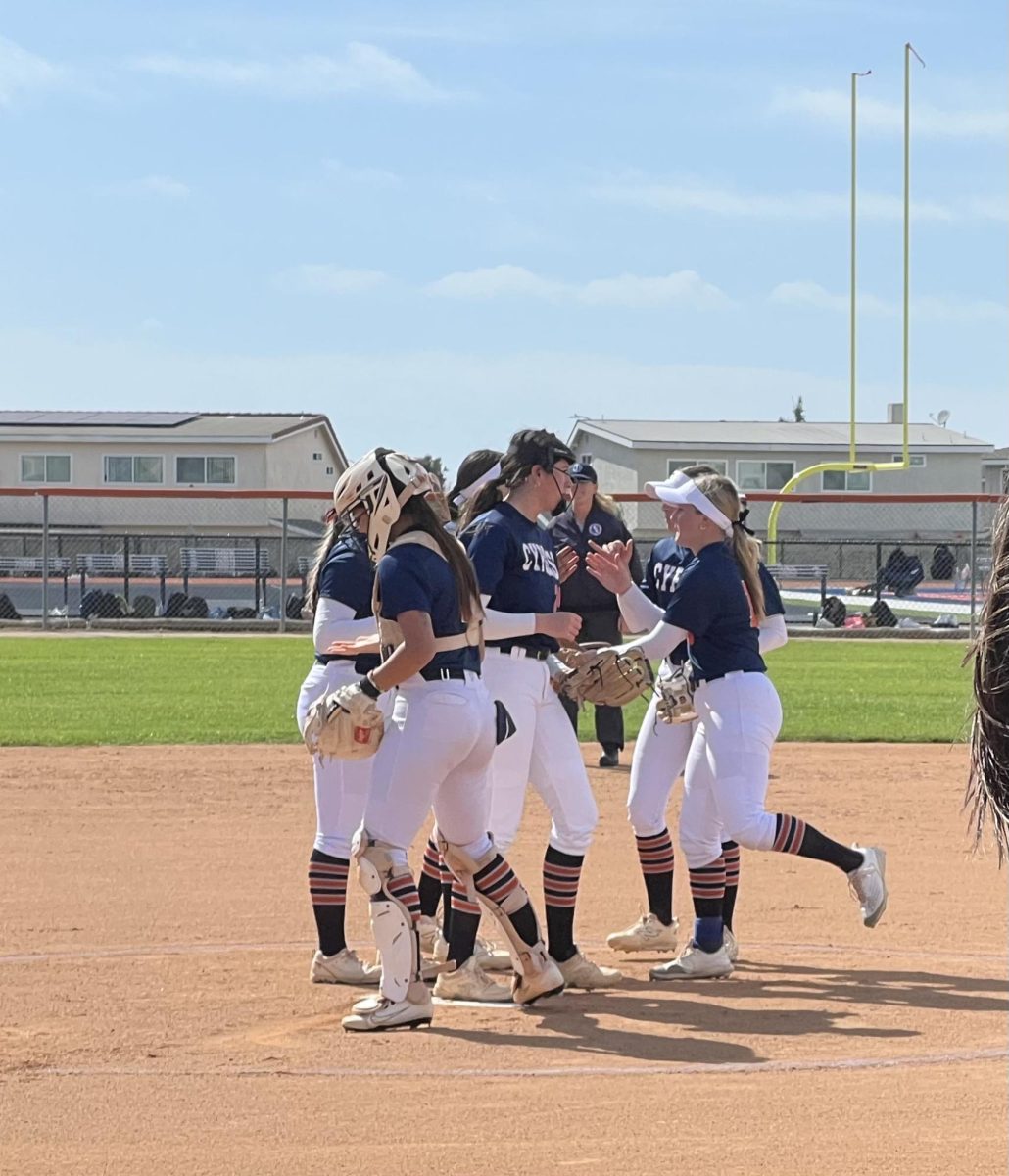

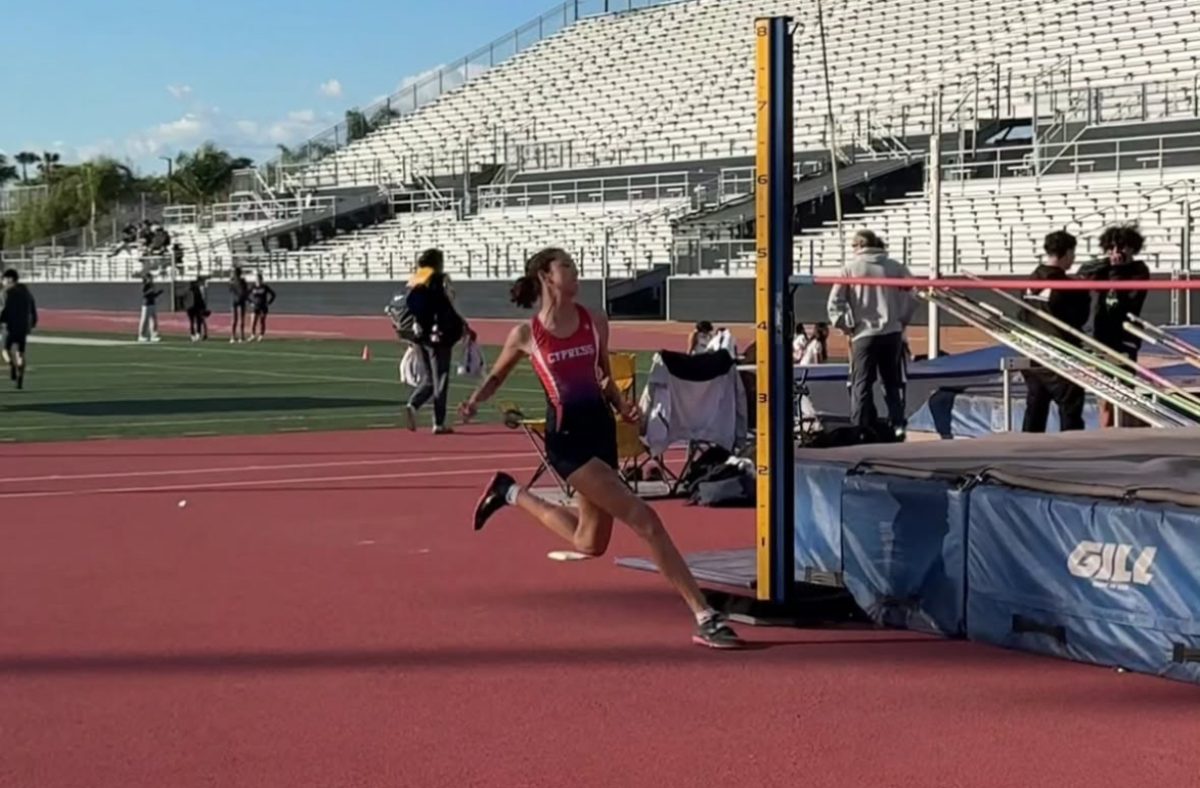
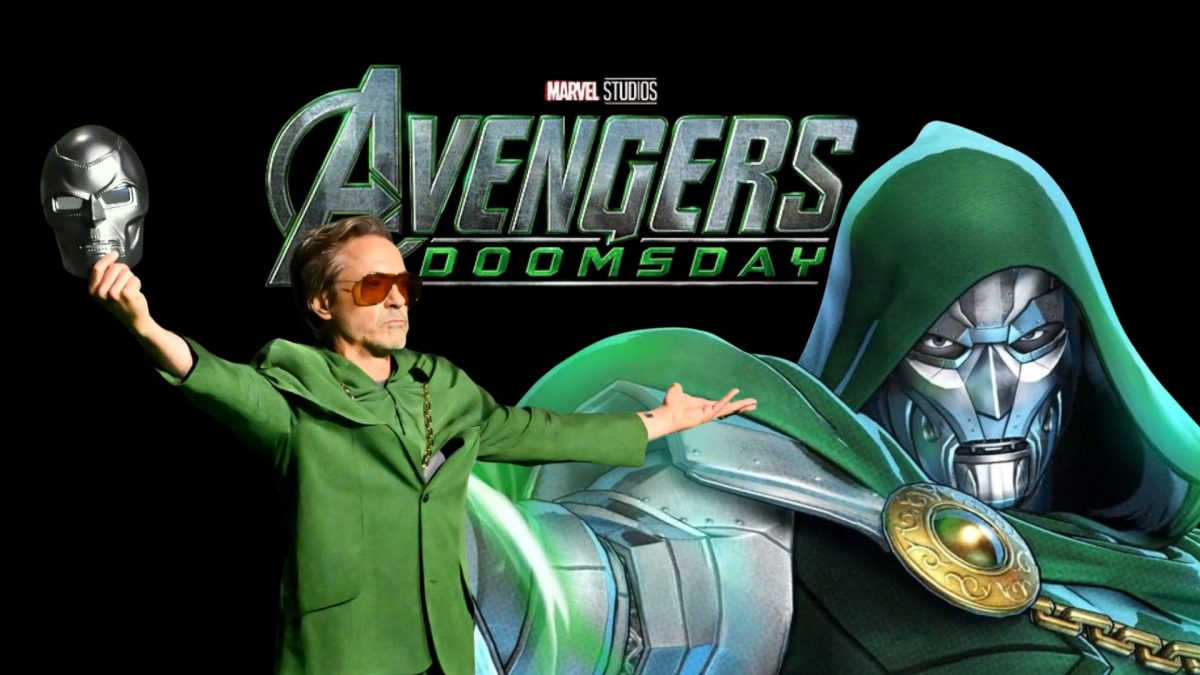






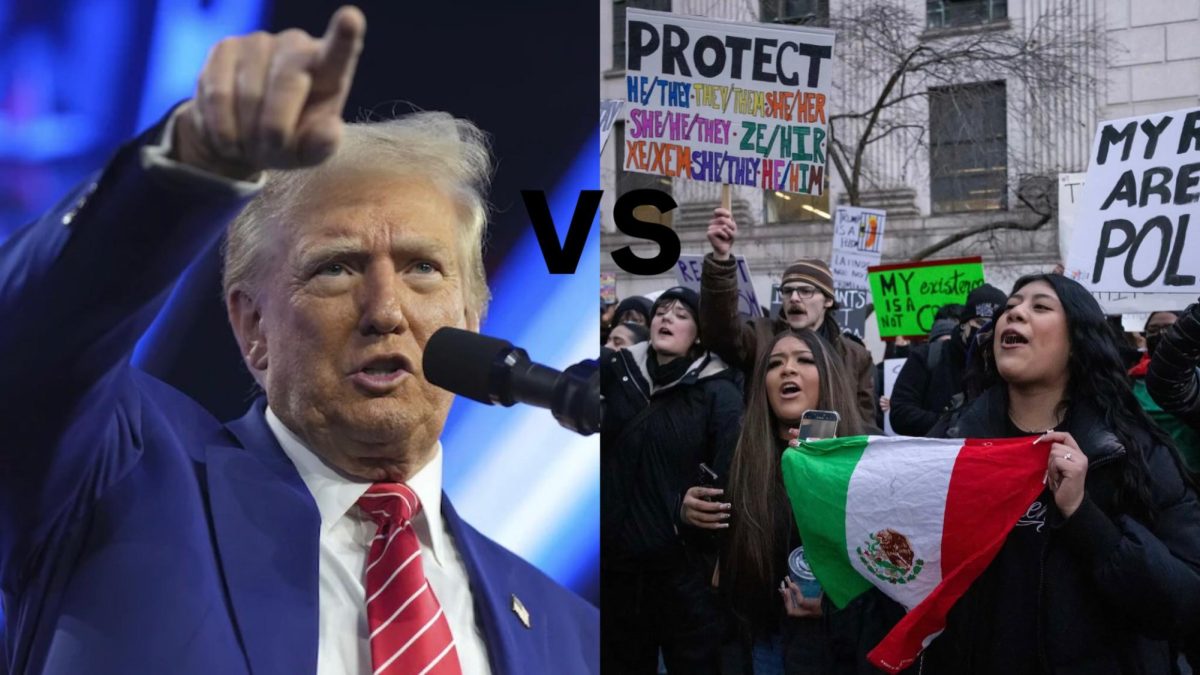
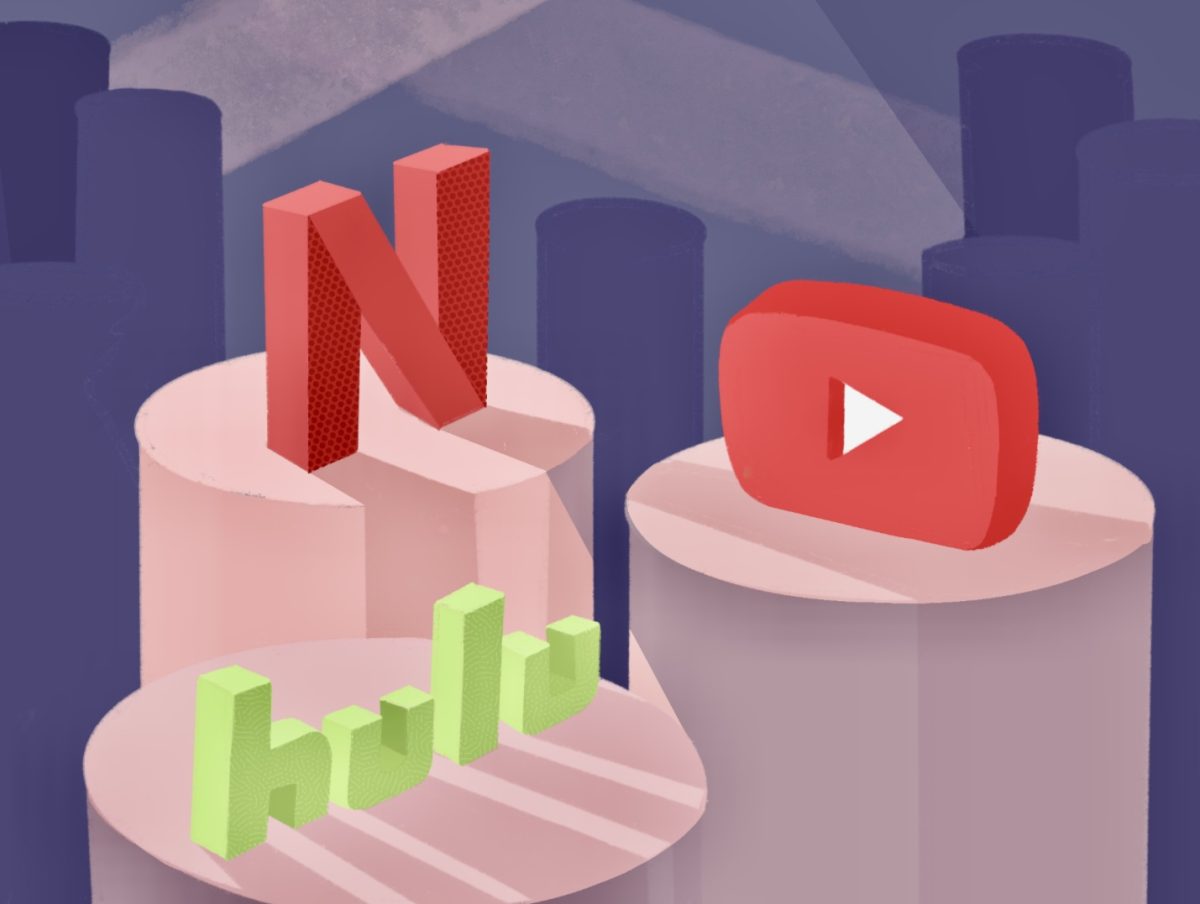
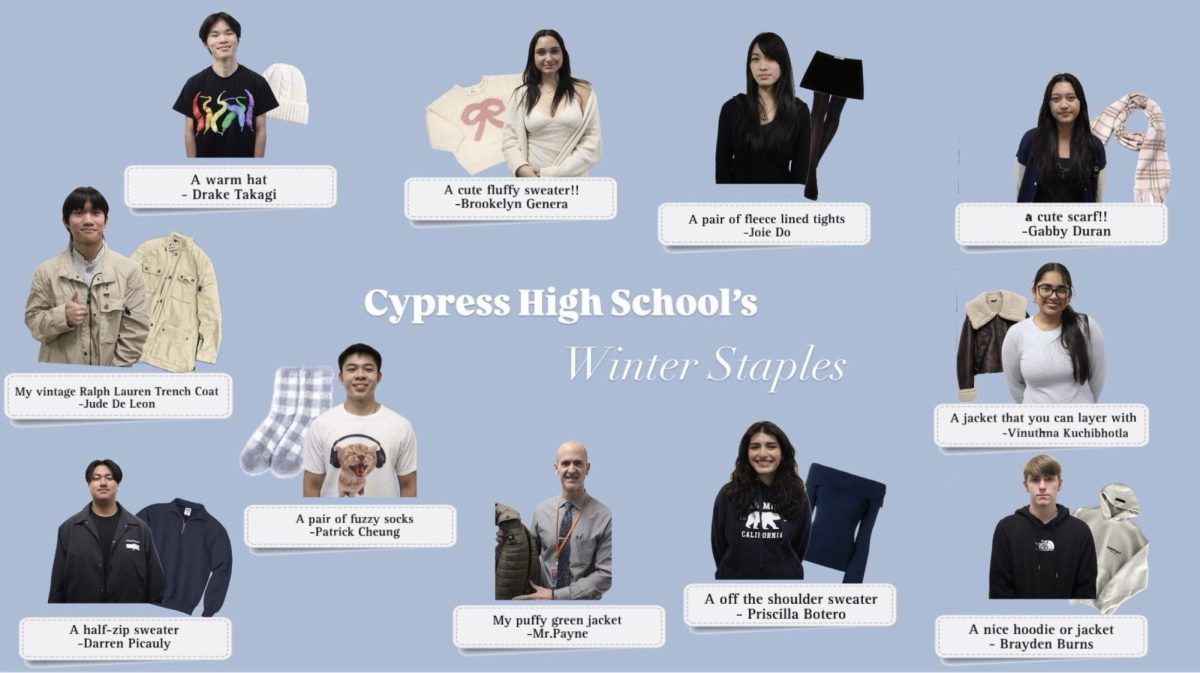




Jonathan ♦ Oct 22, 2021 at 12:37 pm
I think that it is important for everyone to get the vaccine and it’s amazing how scientists can come up with a vaccine so fast. It sucks how some people are against the vaccine but they may have good reasoning. I still feel that everybody should get the vaccine. Good job on the article!